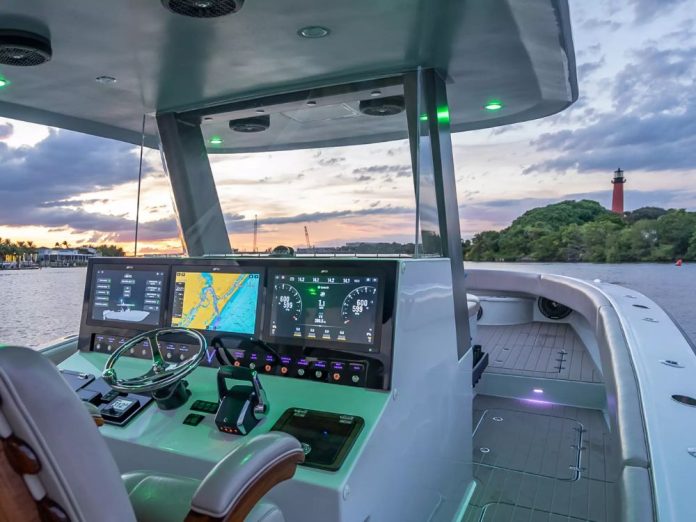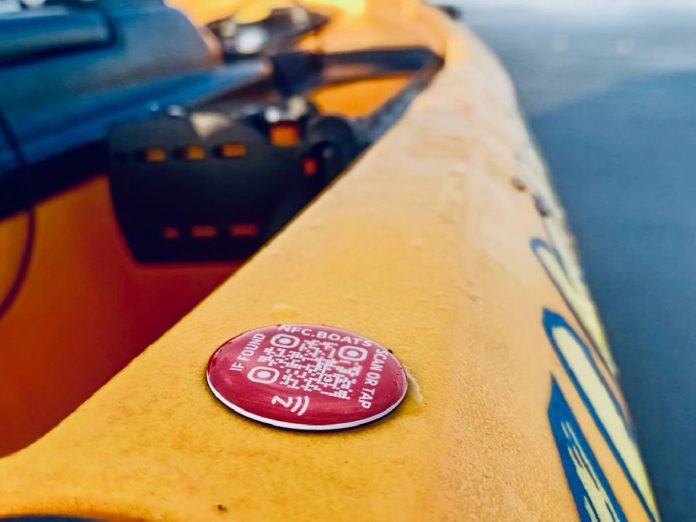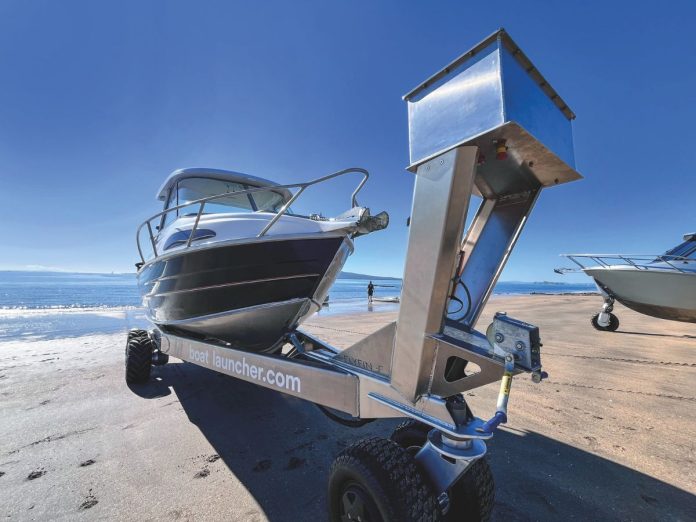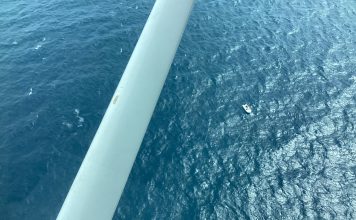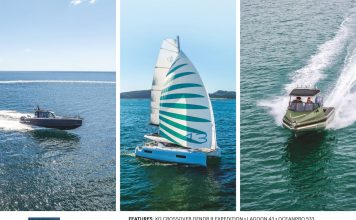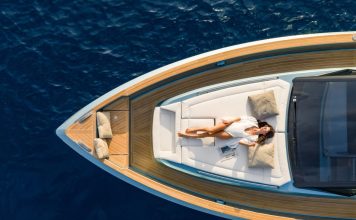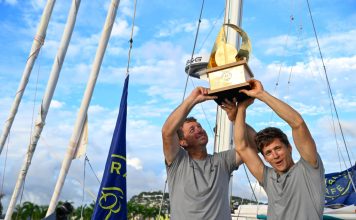Until recently, New Zealand had little to show in the way of public electric marine charging. But that’s changing. The launch of Electric Wave’s e-marine hub in Queenstown—New Zealand’s first public electric boat charging station—marks a genuine turning point. Backed by Xero founder Rod Drury and co-funded by the Low Emission Transport Fund, the Queenstown Marina setup includes three marine-side chargers delivering a combined 300kW of power. It’s the country’s first real step towards making electric boating practical beyond trailerable dayboats.

This flagship project has already been followed by approval for additional chargers at Frankton Marina, and it’s not just about Queenstown. The model being tested here—local partnerships, clean-tech investment, and public backing—could be replicated across New Zealand’s most active cruising grounds.
Why does this matter? Because until now, charging has been the Achilles’ heel of electric boats.
The infrastructure gap is real
Boaties with marina berths and trailerable electrics can, for now, get by—plug in at home, or use shore power at port. But this model doesn’t scale to swing moorings, remote harbours, or longer-range liveaboard trips. Think Great Barrier Island, Marlborough Sounds, or Three Kings. These are prime cruising spots, and at present, not one of them has public e-boat infrastructure.
Even for those with compact electric vessels like the Vessev VS-9 or Candela C-8 (both offering around 50nm range), the challenge isn’t what the boats can do—it’s what the shore can’t provide. Larger craft like Sunreef’s solar-electric cats boast trans-oceanic potential, and regenerative systems on sailing yachts (like those from Elan with Oceanvolt drives) extend range through innovation. But the user experience still hits a wall the moment a charge is needed in a remote bay.
Floating and offshore charging? Not yet.
There are proven commercial-scale offshore charging solutions—Parkwind in Belgium and Maersk’s Stillstrom are testing large floating buoys powered by wind and grid. But these are built for offshore wind farm service vessels, not 12-metre cruisers. They’re expensive, massive, and incompatible with how recreational boats move—intermittently, seasonally, and unpredictably.

The conclusion? Offshore systems are a future ambition, not an immediate fix. The current answer lies on land.
Building the bones of an e-marine network
Queenstown’s e-marine hub shows what’s possible. The project—supported by Aurora Energy and Meridian Energy’s Zero network—tackled real-world challenges like transformer capacity, grid connection, and charger management. It’s a blueprint for what could happen in Tauranga, Nelson, Auckland, and elsewhere.
What’s needed now is momentum. Regional councils, harbour boards, and central government can facilitate land-based charging—at boat ramps, popular anchorages, and even shared-use swing moorings. It doesn’t need to start with high-powered DC stations. Even a rollout of basic AC access points would ease range anxiety, enabling real adventure beyond the marina.
A vision worth charging toward
Mat Woods of Destination Queenstown sees it clearly: e-marine isn’t just for tourists. With infrastructure, electric boats could become part of everyday transport. Imagine transporting yourself to work on your own personal electric boat.
It all comes down to this: the electric boats exist. The tech is improving. And Kiwis are ready. What’s missing is the infrastructure—and the national commitment to put it in place.
Electric boating shouldn’t remain dock-bound. It can, and should, extend to the very waters that define New Zealand’s boating lifestyle. Queenstown lit the spark. Now it’s time to fuel a network that lets Kiwis cruise further, cleaner, and with full confidence that when they need power, it’s waiting.
REFERENCES
Electricity meets marine innovation
EVs and Beyond











